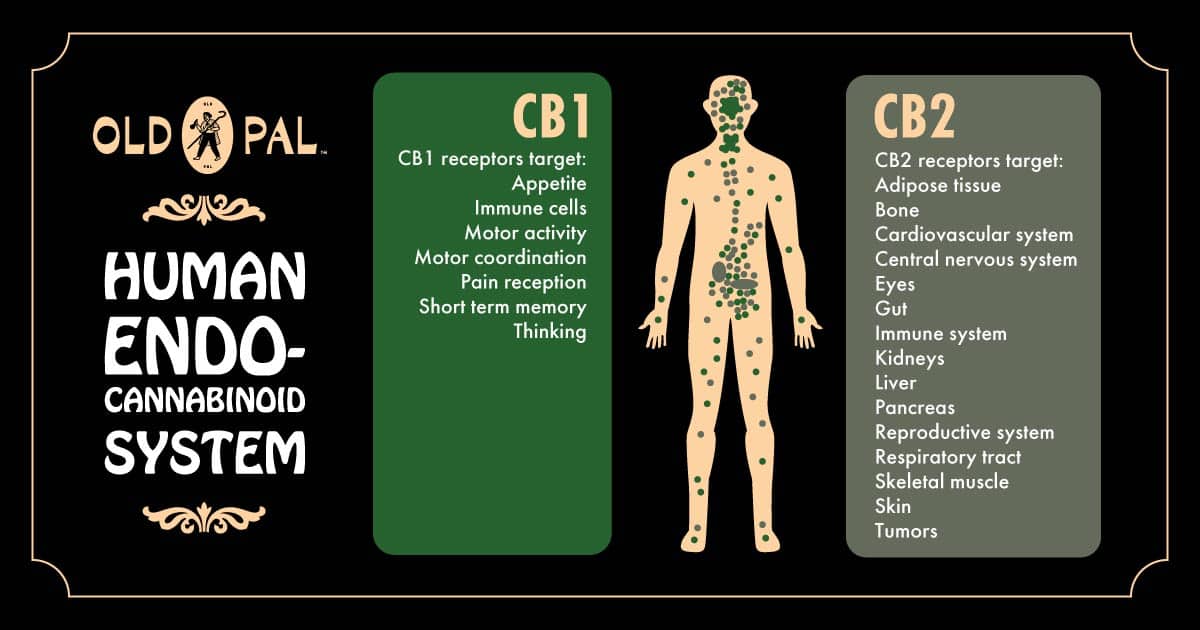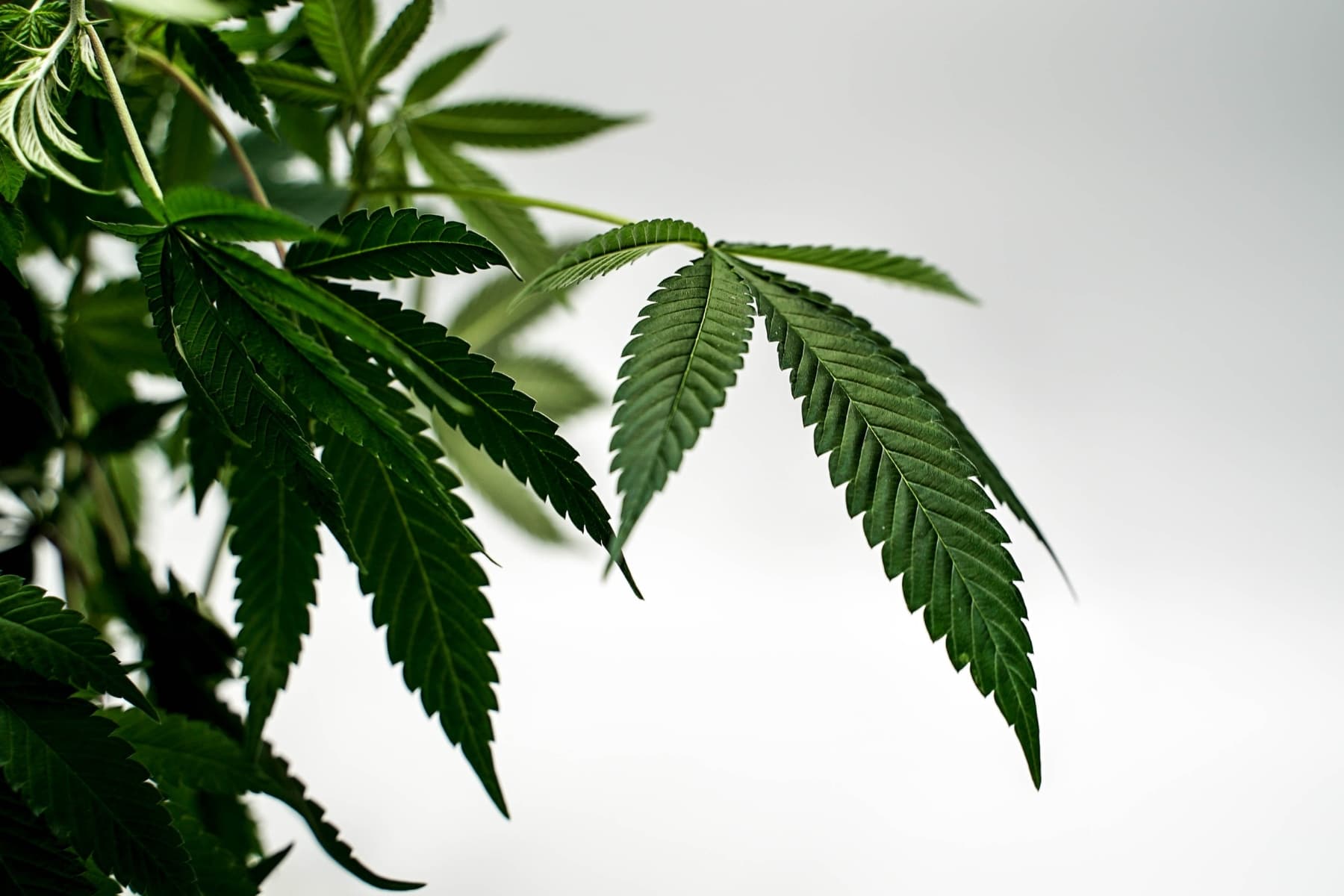Nature has a way of creating miracles. One such marvel is the cannabis plant, a wonder teeming with molecules that play a harmonious symphony of wellness within our body. Many understand the buzz about THC or CBD, but there’s a deeper interplay going on, aptly named the ‘Entourage Effect.’ This article takes a deep dive into this phenomenon.
The Science Behind the Magic
The vast world of the cannabis plant has been the subject of intrigue and research for many years. While its recreational uses have long been known, it’s only recently that science has begun to unravel the intricate tapestry of compounds within it. Every hit from a joint is not just a singular experience but a confluence of interactions – primarily dictated by cannabinoids and terpenes. Let’s embark on this journey to uncover their unique roles and how they harmoniously interact.
The Role of Cannabinoids
Cannabinoids are the headline-makers of the cannabis world. These are naturally occurring compounds that interact with our body’s endocannabinoid system. This system, comprising receptors scattered throughout the body, plays a pivotal role in regulating mood, pain, appetite, memory, and much more.
When cannabinoids bind to these receptors, they modulate their activity, leading to varied effects. THC (tetrahydrocannabinol) might be the superstar, known for its psychoactive effects, but it’s just one among a family of over 100 cannabinoids. For instance, CBD (cannabidiol) is non-psychoactive and has garnered attention for its therapeutic potential. There’s also CBC (cannabichromene), known for its anti-inflammatory properties, and CBN (cannabinol), associated with pain relief. Each cannabinoid has a story to tell and a role to play, ensuring the plant’s multifaceted nature.
We know of two receptor sites – CB1 and CB2 –but we bet there are more to be discovered as the years roll on. So far, we know that THC prefers the CB1 receptors found throughout the central nervous system. And non-psychoactive cannabinoids tend to gravitate towards the CB2 receptors found in the immune and digestive systems.
Terpenes and Their Influence
Terpenes are the unsung heroes. Beyond giving cannabis its distinctive aroma, these volatile organic compounds have considerable therapeutic potential. Terpenes are not exclusive to cannabis; they’re found in many plants, flowers, and even fruits. But in the context of cannabis, they significantly dictate the flavor and effects of different strains.
Limonene, with its citrusy aroma, is believed to elevate mood and provide stress relief. Then there’s pinene, with a pine-like scent, known to be anti-inflammatory and improve memory. Another popular terpene, linalool, provides calming effects and might be beneficial for sleep disorders. The variations in terpene profiles across cannabis strains are why one strain might make you feel relaxed while another could make you feel energized.
How Cannabinoids and Terpenes Interact
The relationship between cannabinoids and terpenes is analogous to a duet, where each component enhances the other’s performance. Terpenes can influence how our bodies process cannabinoids. For instance, the presence of a specific terpene might boost the absorption rate of THC or CBD, enhancing or even altering its effects.
Moreover, this interaction isn’t just about potency. Some terpenes might temper the psychoactive effects of THC, ensuring the user enjoys the therapeutic benefits without getting too high. On the other hand, they can also work together to amplify therapeutic effects, like when myrcene, a sedative terpene, couples with CBD, making relaxation and pain relief more profound.
This symbiotic relationship is the crux of the Entourage Effect. It suggests that while each compound has its unique benefits, when they work together, they create a synergy, providing an experience and therapeutic potential that’s unparalleled.

Unveiling the Entourage Effect
Imagine an orchestra. While each instrument has its beauty and capability to produce melodious tunes, it’s when they come together that a symphony is born. Similarly, the Entourage Effect postulates that the components of cannabis – primarily cannabinoids and terpenes – produce effects distinct from what they’d achieve individually.
The Entourage Effect goes beyond simple addition. It’s about synergy. Here’s a closer look at how this works.
Modulation of Effects
While THC is known for its psychoactive properties, CBD can temper these effects, ensuring that the therapeutic benefits are reaped without a high that’s too intense. This modulation can help make cannabis more palatable for medicinal users who might be wary of its psychoactive effects.
Enhancement of Absorption
Certain terpenes can enhance the absorption of cannabinoids, ensuring our bodies more effectively use them. For instance, the terpene myrcene can increase the permeability of cell membranes, allowing for faster and more efficient uptake of cannabinoids like THC.
Targeted Therapeutic Profiles
Some combinations can target specific issues more effectively. For example, the terpene linalool combined with CBD might be especially potent for managing sleep disorders, crafting a specific therapeutic profile tailored for inducing relaxation and sleep.
Balanced Effects
A balanced ratio of cannabinoids and terpenes can ensure that side effects are minimized. For instance, while high doses of THC might cause anxiety in some, the presence of CBD and certain terpenes can balance out this effect, leading to a more comfortable experience for the user.

Exploring the Wide-Ranging Benefits
The medicinal attributes of cannabis have been celebrated for centuries, but only in recent times has modern science began to unravel the breadth of its potential. Central to its therapeutic prowess is the interplay of its compounds, hinging on the Entourage Effect. From alleviating daily discomforts like pain and stress to tackling formidable adversaries like neurodegenerative diseases, the combined force of cannabinoids and terpenes offers hope and healing in myriad ways.
Pain Alleviation
Pain is a universal experience, yet its alleviation remains an ongoing challenge. Enter cannabis, offering a natural solution. THC is beloved for its analgesic properties. When it joins forces with CBD and terpenes like myrcene or caryophyllene, the result is a holistic pain-relief mechanism. This synergy can effectively target both acute and chronic pain, offering relief without the adverse side effects often associated with conventional painkillers.
Easing Anxiety and Stress
In today’s fast-paced world, anxiety and stress are ubiquitous challenges. Cannabinoids, especially CBD, have demonstrated anxiolytic properties. But it’s the Entourage Effect that truly shines here. Terpenes like linalool and limonene, known for their mood-enhancing and calming effects, coupled with cannabinoids, offer a balanced approach to managing anxiety and stress.
The Sleep Connection
Sleep is pivotal to health, and yet, elusive for many. While THC has sedative properties, the game-changer could be the combination of CBN, a cannabinoid often found in aged cannabis, and terpenes like myrcene. This synergy can not only help in inducing sleep but also in enhancing its quality, ensuring users wake up refreshed and revitalized.
Inflammation Tamed
Inflammation is the body’s natural response to harm, but when chronic, it can be the precursor to numerous diseases. Cannabis offers a twofold solution: CBD’s anti-inflammatory properties and terpenes like pinene and caryophyllene that combat inflammation. Together, they provide a powerful shield against inflammatory conditions such as arthritis, Crohn’s disease, and even some skin disorders.
Combating Neurodegenerative Diseases
Neurodegenerative diseases like Alzheimer’s and Parkinson’s remain some of medicine’s most formidable challenges. Preliminary research suggests cannabinoids, especially CBD and THC, can help in neuroprotection by reducing inflammation and oxidative stress in neural tissues. Terpenes like limonene and pinene may further enhance these protective effects. Together, they offer a glimmer of hope in slowing the progression of these conditions and potentially improving the quality of life for those affected.

Practical Applications and Products
So, how can you maximize the Entourage Effect with your cannabis practice? It’s easy! Consuming cannabis in its flower form, be it through vaping or other methods, provides an experience that’s as close to nature as possible. Each variety of Old Pal flower has its unique profile of cannabinoids and terpenes, ensuring a distinct therapeutic and sensory experience.
Every time you take a hit from a pre-roll, or twist up a doobie of shareable cannabis, you are gaining the full spectrum of benefits, just as nature intended! Grab a pouch of Ready-to-Roll, or pick up some Palitos, and let the good times roll.






